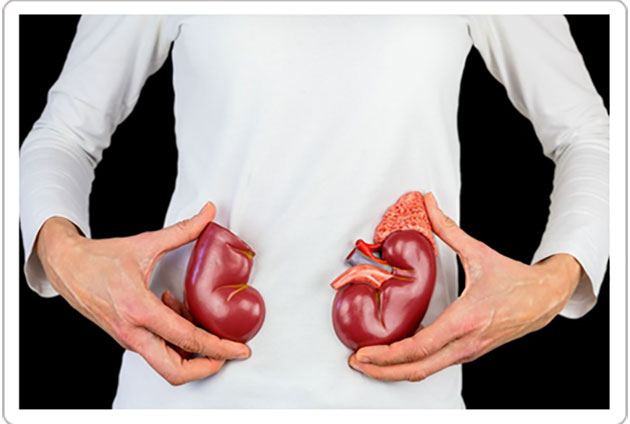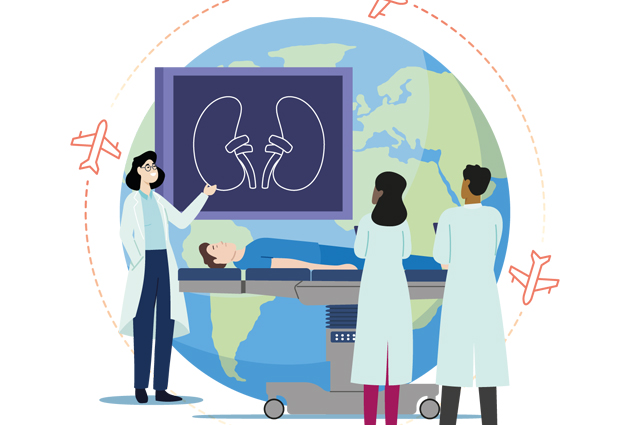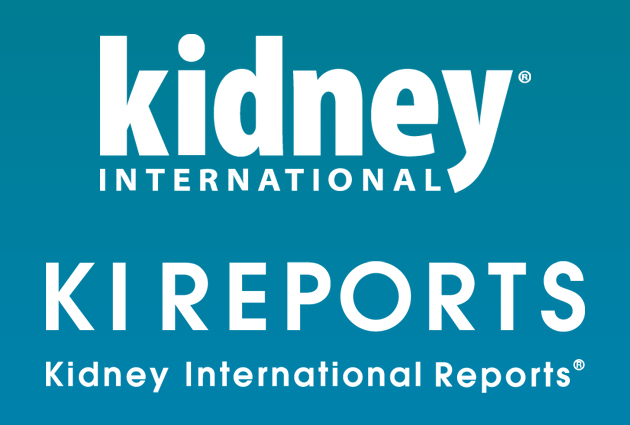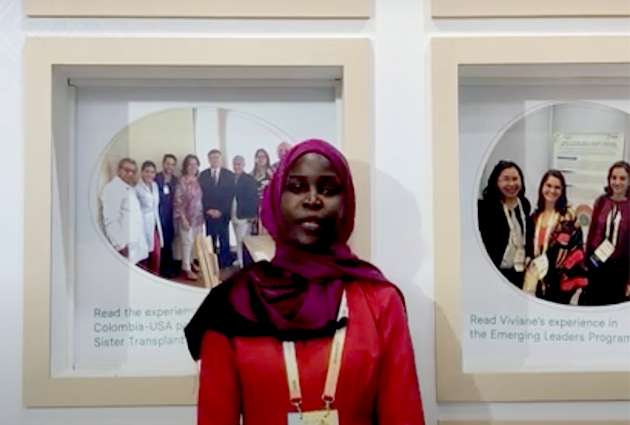A New Technique for Preserving Kidney Grafts
The Cliniques Universitaires Saint-Luc Transplantation Centre and the Institute of Experimental and Clinical Research (IREC) at the Université Catholique de Louvain (UCL) in Belgium recently developed an innovative method for preserving kidney grafts using oxygen.
On March 20, 2022, two kidneys, donated after circulatory death, were successfully transplanted by Cliniques Universitaires Saint-Luc after they had been preserved by this new oxygenation technique. The transplanted kidneys are functioning well, and no dialysis was required after the operation.
The benefit of preserving kidney grafts using oxygen was demonstrated by the COMPARE Trial Collaboration and Consortium for Organ Preservation in Europe (COPE). Oxygenated perfusion preservation of kidneys donated after circulatory death has a significant impact on the first-year result after transplantation: decreased graft failure, better function, and lower rejection of the kidney when compared to cold perfusion alone. The results were published in The Lancet.
Long waitlists and a lack of donors have led to an increasing number of kidney transplants being carried out with organs considered to be high-risk, for example, organs from brain-dead donors aged 50 to 60 years with associated comorbidities.
High-risk organs are associated with an increase in complications affecting the kidney. Recipients of these high-risk kidneys are more likely to require dialysis for one or two weeks after transplantation, a significant public health cost.
Optimized pre-transplant preservation of these high-risk organs is vital to reduce complications and improve the overall function of the transplanted organ, which is why this innovative method of preserving organs using oxygen was developed.
With this method, the organ preservation fluid’s reservoir is ‘pre-oxygenated.’ Oxygen penetrates the kidney tissue and improves its conservation and metabolic state. This technique is cheaper than other existing systems while “achieving equivalent results in terms of preservation efficiency,” according to a press release from Cliniques Universitaires Saint-Luc.
The Cliniques Universitaires Saint-Luc Transplantation Centre and IREC, UCLouvain, collaborated with the company “Organ Recovery Systems” to develop the “LifePort Kidney Transporter,” which generates this “bubble and surface oxygenation.”
Ina Jochmans, who led the COMPARE study, comments, “It is interesting to see the use of bubble-oxygenation, which was used in the early days of cardiopulmonary bypass, in a new setting. This “pre-oxygenation” technique differs considerably from what has been studied so far. In the COMPARE study, kidneys received oxygen throughout the preservation period, not only at the start. Some animal studies suggest that pre-oxygenation might be effective as well and it will be important to see results of human studies to confirm this.“
The technique has been approved by a CE mark at the European level. Around 30 transplant centers worldwide will start using it in their transplant programs.










